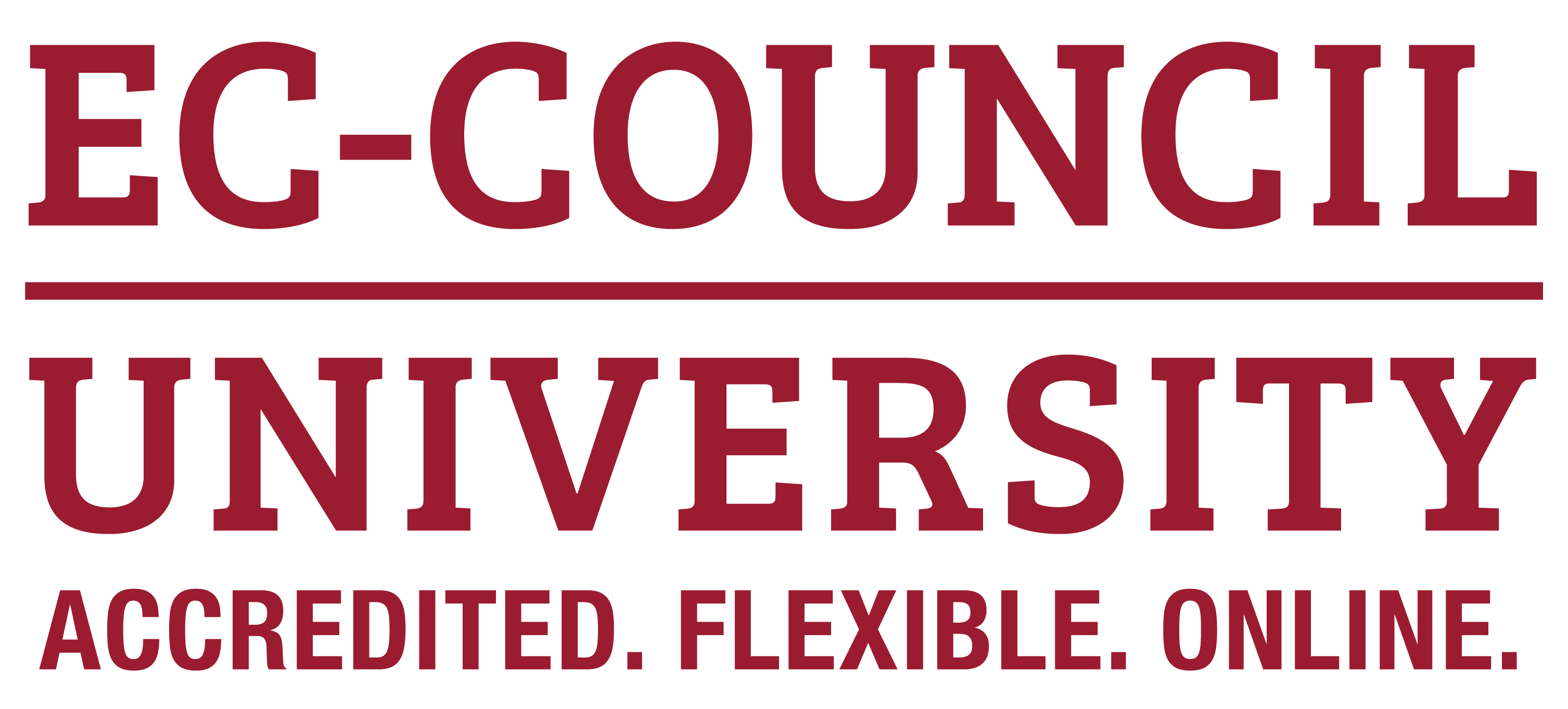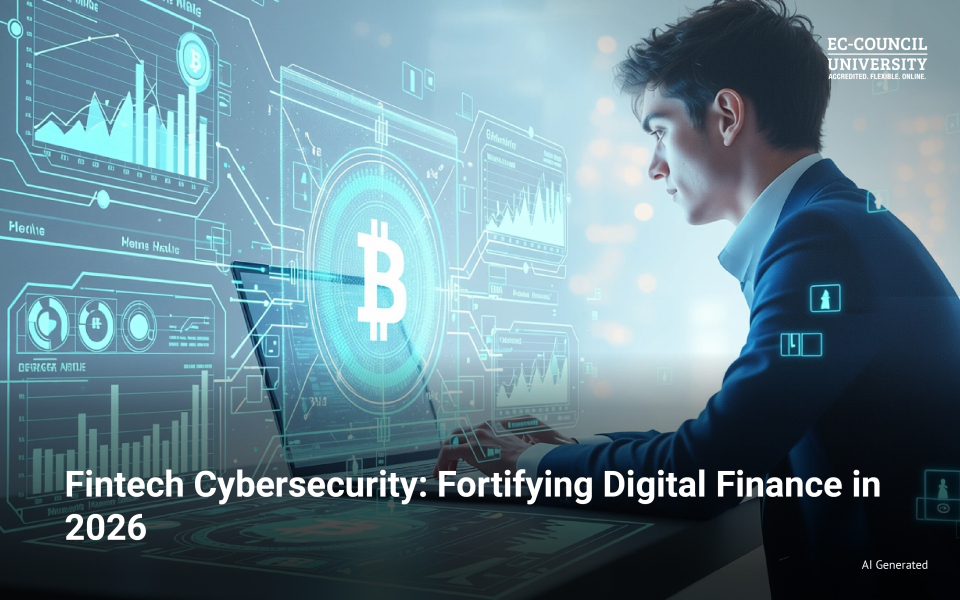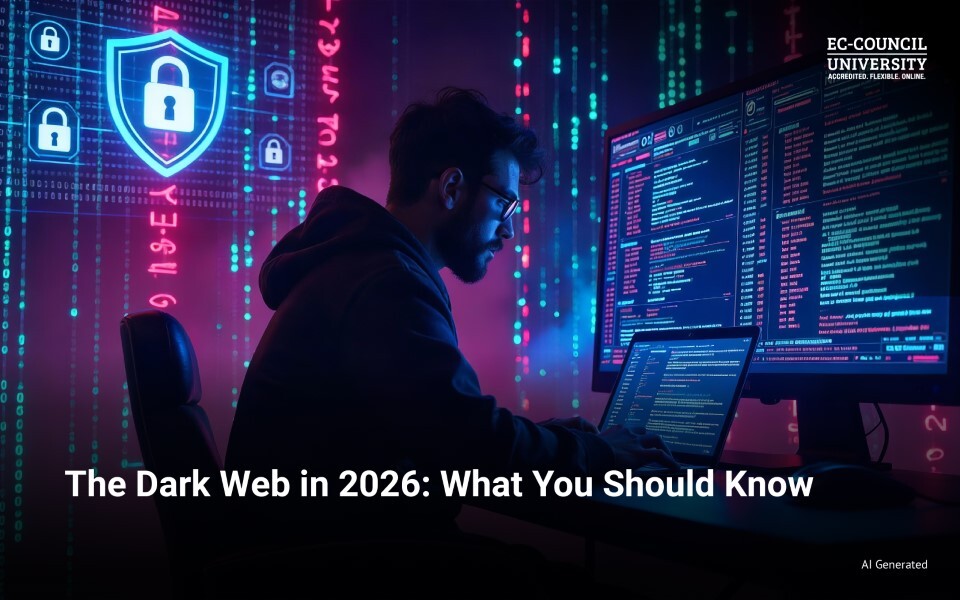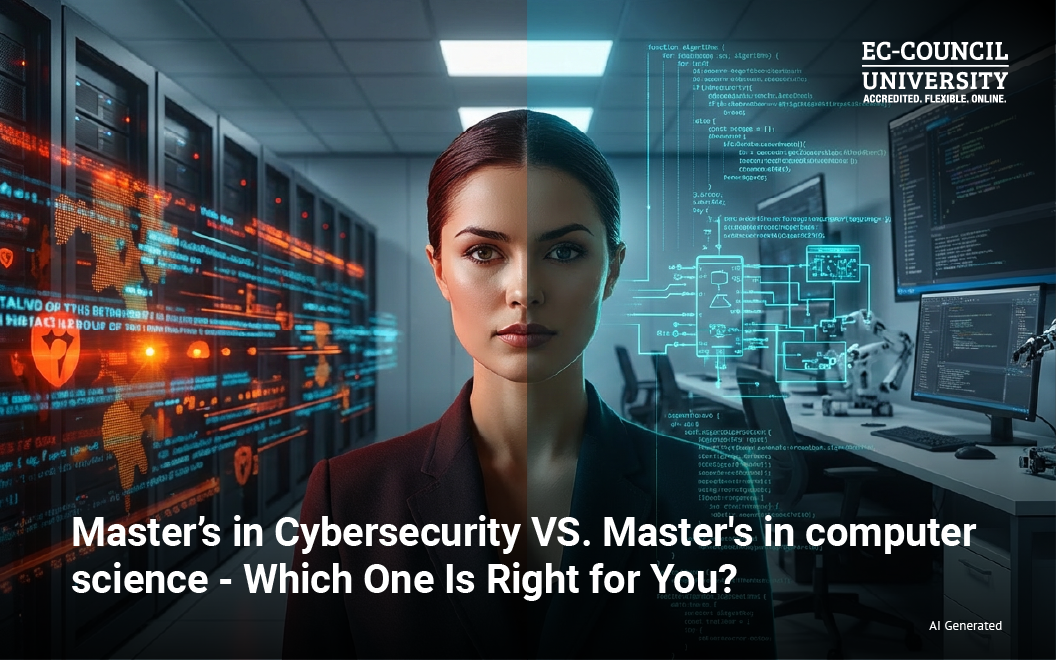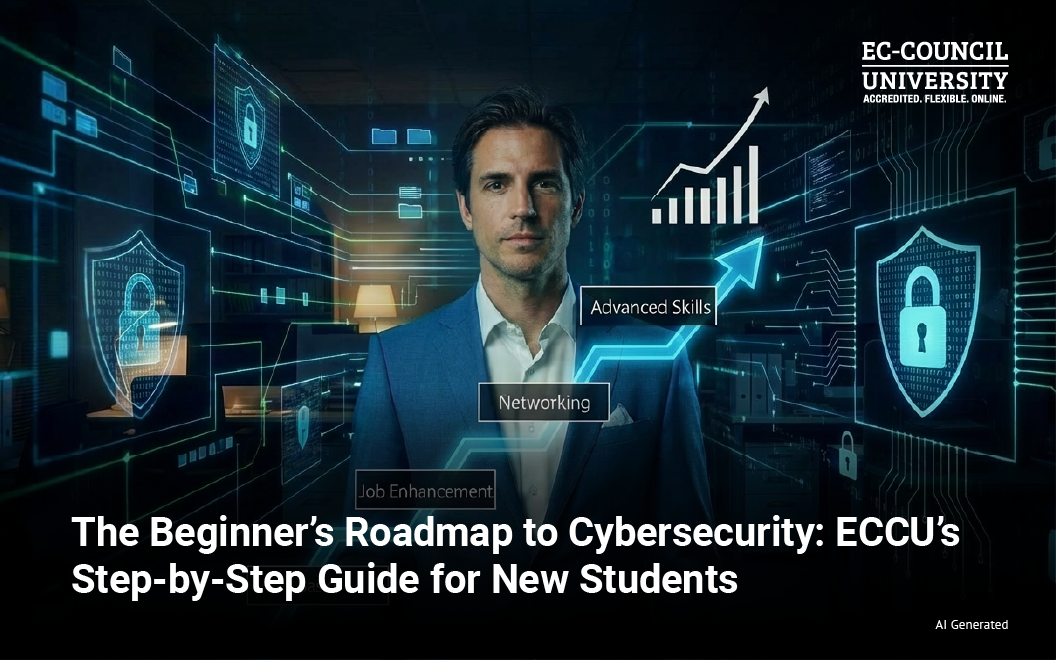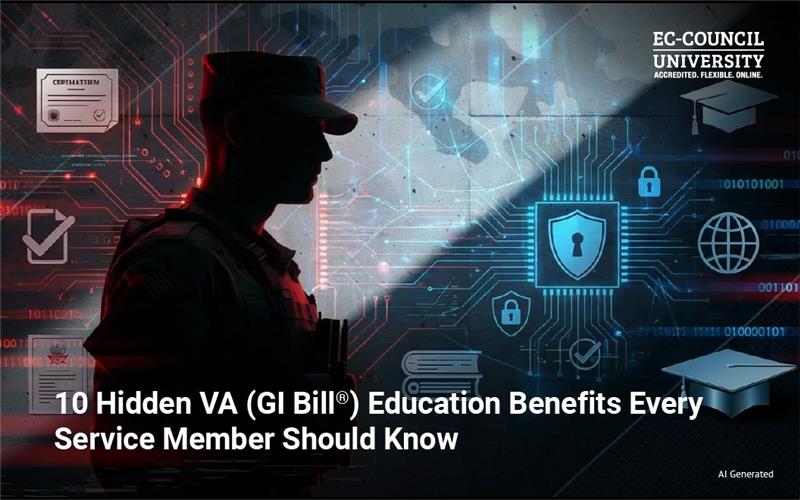Security lapses, data breaches, and sophisticated cyber-crime have become very common across industries. In this current threat landscape, the traditional castle-and-moat network security model is no longer enough to build a strong defense. Zero Trust Security has emerged as a robust security model with users accessing systems remotely, data spread across cloud platforms, and attackers exploiting trusted systems.
Covering more of this modern security solution, we have explained why Zero Trust is imperative to business today. But, before learning the Zero Trust Security Model, let us understand the current threat landscape.
Why Does the Modern Threat Landscape Demand a Zero Trust Model?
In the current threat landscape, where we constantly witness high-profile breaches and ransomware attacks, organizations are learning that perimeter-based defenses are inadequate. According to IBM’s Data Breach report, the average breach cost soared past $4.5 million, with remote work-related breaches costing over $1 million. And this has just been increasing ever since.
Remote working, BYOD, and third-party cloud vendors introduce risks that traditional models cannot defend. Cybercriminals adapt and exploit the implicit trust between networks, systems, and users, bypassing security controls. So, Zero Trust Security becomes essential in this evolving landscape. Today, Zero Trust is more than just a tech buzzword. It is a strategic, modern solution to modern cyber security challenges.
Understanding the Practical Working of Zero Trust Security Model
What is the Zero Trust Security Model?
The Zero Trust Security Model is a modern approach to cyber security. The security model architecture is based on the “Never trust, always verify” concept, which means you should assume threats from both internal and external environments. So, no users or systems are trusted by default. For a better understanding of this security model, we have broken down and explained the three foundational pillars of Zero Trust.
The Key Pillars of the Zero Trust Security Model-
- Verify every user and device
- Execute micro network segmentation
- Enforce least privilege
Best Practices in Zero Trust Implementation
Zero Trust Architecture is built on practical tools and strategies. Here’s how it plays out in real-world scenarios and practice
1. Identity and Access Management (IAM)
In Zero Trust environments, IAM is crucial for user verification and access controls across cloud and on-premises environments. The security model enforces policies that prevent unauthorized access and credential misuse.
2. Multi-Factor Authentication (MFA)
In practice, the Zero Trust Security Model requires implementing Multi-Factor Authentication tools to add that extra layer of security. It adds layers of protection, requiring multiple verifications, such as biometrics or tokens, before granting access.
3. Micro Network Segmentation
Micro-network segmentation requires isolating critical networks and limiting access with unique passcodes and policies to contain threats and prevent attackers from moving laterally across systems. This ensures that the attackers can not move forward within the system even if a breach occurs.
4. Continuous Monitoring and Analysis
Zero Trust Security requires continuously monitoring users, devices, and networks in real-time. This is essential to detect real-time anomalies, enforce adaptive security policies, and respond quickly to threats. Tools like SIEM and UEBA enable and implement continuous monitoring capabilities.
Implementing best practices provides clear visibility, allowing organizations to adapt and stay resilient against internal and external threats.
Zero Trust Is Good for Business and Not Just IT
Zero Trust may be rooted in IT and cyber security, but its benefits extend across the entire organization, supporting long-term business growth, risk management, and brand reputation. Here is how the Zero Trust Model benefits organizations in other ways.
Benefits of the Zero Trust Model Beyond Security
1. Improved Data Protection and Reduced Insider Threats-
The Zero Trust security model enforces strict access controls and verification mandates to evaluate, monitor, and log every action. This ensures accountability and significantly reduces the chances of data leaks and insider threats.
2. Compliance with Global Regulations
Zero Trust principles align with data protection regulations like GDPR, HIPAA, and CCPA, supporting better governance and auditability and reducing the risk of non-compliance penalties.
3. Strengthens Customer Trust and Brand Reputation
Data breaches severely damage a company’s reputation and customer confidence. Zero Trust safeguards customer information and reinforces a company’s commitment to data privacy.
4. Reduces Long-Term Security Costs
The initial Zero Trust implementation investments may seem significant, but they minimize breach-related costs, downtime, and incident response efforts in the long run.
5. Supports Digital Transformation
As businesses adopt cloud and hybrid models, Zero Trust enables secure innovation and scalability without compromising protection.
In essence, Zero Trust is a business enabler, not a blocker. It supports security, compliance, and agility, making it essential for modern enterprises.
The Role of Cyber Security Professionals in Zero Trust
Zero Trust implementation requires careful planning, strategizing, and phase-wise execution. This requires skilled cyber security professionals who can think strategically and technically.
Key responsibilities include:
- Designing and implementing IAM and policy frameworks
- Managing network segmentation and real-time access controls
- Aligning Zero Trust architecture with business objectives
- Advocating and communicating security priorities across teams
In short, cyber security professionals must be architects, strategists, and leaders who can build secure ecosystems around Zero Trust principles.
The Talent Gap: Zero Trust Needs Skilled Professionals
Despite its increasing adoption, one of the biggest hurdles to implementing Zero Trust successfully is the lack of skilled professionals who understand the framework’s technical and strategic business aspects.
A blend of Leadership, Strategic and Technical Capabilities
Successful implementation requires a blend of hands-on expertise (network security, IAM, cloud infrastructure) and a strategic mindset for thinking about the bigger picture (risk assessment, policy development, business alignment). Professionals must architect solutions that meet security requirements and align with operational and business needs.
Cross-Functional Team Strategy
Zero Trust demands a cross-functional understanding, a rare skill set in professionals who can bridge domains like risk management, identity governance, cloud security, policy enforcement, and compliance. The professionals lack the training or exposure to integrate these disciplines under one cohesive strategy and lead the initiative.
Strategic Communicators
Cyber security professionals must communicate and convey the Zero Trust principles to non-technical stakeholders, justify investments, and demonstrate ROI through business outcomes.
Organizations are turning to cyber security-focused education programs like ECCUs Master of Science in Cyber Security to close this gap and equip professionals with the deep technical knowledge and strategic leadership skills needed to drive zero-trust transformations.
Zero Trust Security: A Continuous and an Adaptable Security Model
The Zero Trust Model helps in building strong cyber resilience. The security model is based on a proactive security approach, assuming the presence of threats internally and externally. This requires constant monitoring, analysis, and adaptation based on the evolving threat landscape. With rising cyber attacks, implementing Zero Trust is essential to ensure optimum security and operational continuity and maintain credibility and stakeholder trust. So, adopting the Zero Trust Security Model at an early stage is critical from a security and a business transformation perspective.
Discover how ECCU can help you transform your cyber security career and lead in the Zero Trust era.
